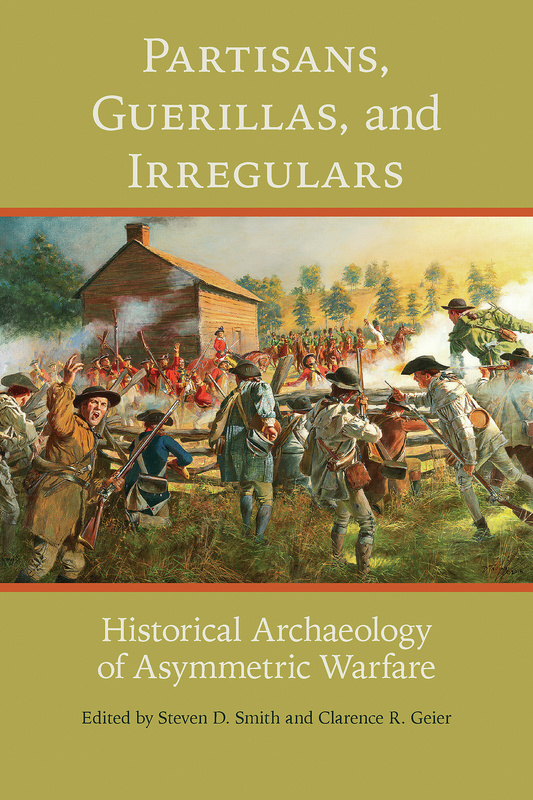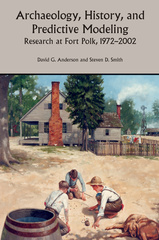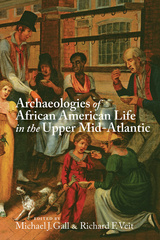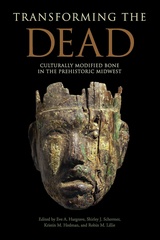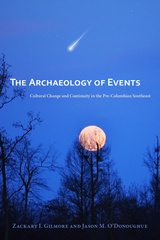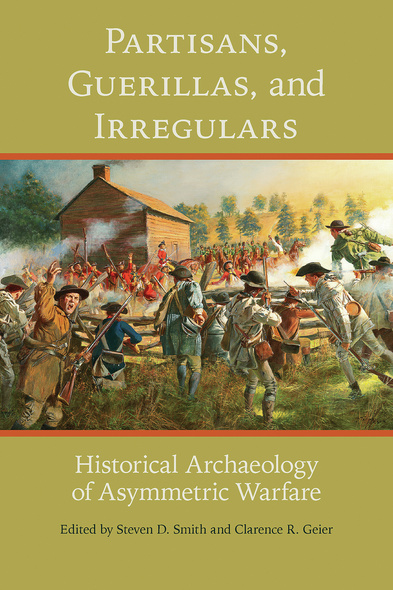
Partisans, Guerillas, and Irregulars
Historical Archaeology of Asymmetric Warfare
Essays that explore the growing field of conflict archaeology
Within the last twenty years, the archaeology of conflict has emerged as a valuable subdiscipline within anthropology, contributing greatly to our knowledge and understanding of human conflict on a global scale. Although archaeologists have clearly demonstrated their utility in the study of large-scale battles and sites of conventional warfare, such as camps and forts, conflicts involving asymmetric, guerilla, or irregular warfare are largely missing from the historical record.
Partisans, Guerillas, and Irregulars: Historical Archaeology of Asymmetric Warfare presents recent examples of how historical archaeology can contribute to a better understanding of asymmetric warfare. The volume introduces readers to this growing study and to its historic importance. Contributors illustrate how the wide range of traditional and new methods and techniques of historiography and archaeology can be applied to expose critical actions, sacrifices, and accomplishments of competing groups representing opposing philosophies and ways of life, which are otherwise lost in time.
The case studies offered cover significant events in American and world history, including the French and Indian War, the American Revolution, Indian wars in the Southeast and Southwest, the Civil War, Reconstruction, Prohibition, and World War II. All such examples used here took place at a local or regional level, and several were singular events within a much larger and more complex historic movement. While retained in local memory or tradition, and despite their potential importance, they are poorly, and incompletely addressed in the historic record. Furthermore, these conflicts took place between groups of significantly different cultural and military traditions and capabilities, most taking on a “David vs. Goliath” character, further shaping the definition of asymmetric warfare.
While primarily of interest to specialists in the events that unfolded at the sites examined, the work shows how this discipline has already altered traditional accounts of a number of events—such as the Battle of the Little Big Horn. This book is also a worthwhile read for anyone wishing to learn more about how battlefield archaeology works.’
—NYMAS Review
This book presents examples of how historical archaeology can contribute to a better understanding of asymmetric warfare from the study of small-scale engagements. The case studies offered cover significant events in American and world history, including the French and Indian War, the American Revolution, Indian Wars in the Southwest, the Civil War, Reconstruction, and World War II. These engagements took place at a local or regional level, and several were singular events within a much larger and more complex historic movement. While retained in local memory or tradition, and despite their potential importance, they are poorly and incompletely addressed in the historic record.’
—North American Archaeologist
Steven D. Smith is director of the South Carolina Institute of Archaeology and Anthropology at the University of South Carolina. He is the coeditor of Archaeology, History, and Predictive Modeling: Research at Fort Polk, 1972–
2002 and The Southern Colonial Backcountry: Interdisciplinary Perspectives on Frontier Communities.
Clarence R. Geier is professor emeritus of anthropology at James Madison University. He is the senior editor of four books on the historical archaeology of the Civil War as well as Historical Archaeology of Military Sites: Method and Topic.
Contents
List of Illustrations
Preface
Introduction: An Archaeology of Asymmetric Warfare by Steven D. Smith
Chapter 1. Border Warfare in Revolutionary Era West Virginia by W. Stephen McBride and Kim A. McBride
Chapter 2. “Foot Jägers Forward!”: Johann Ewald, Petite Guerre, and the Archaeology of the Battle of Cooch’s Bridge by Wade P. Catts
Chapter 3. The Battle of Williamson’s Plantation: Huck’s Defeat and the Asymmetric Partisan War in the South Carolina Backcountry by Michael C. Scoggins and Steven D. Smith
Chapter 4. Francis Marion’s Partisan Community by Steven D. Smith
Chapter 5. KOCOA Considerations in Asymmetric Warfare: Education and Environment in the Second Seminole War, 1835–1842 by Michelle Sivilich
Chapter 6. The Black Jack Battle of 1856 in Kansas: Asymmetric Warfare and Archaeological Investigations by Douglas D. Scott
Chapter 7. Jayhawkers, Bushwhackers, and Lay-Out Gangs: Archaeology and Asymmetric Warfare in the Trans-Mississippi Confederate Home Front during the American Civil War by Carl G. Drexler
Chapter 8. “Dirty Little Wars” in Northern Mexico and the American Southwest by Charles M. Haecker
Chapter 9. The Hatfield-McCoy Feud as Asymmetric Warfare: Archaeology at the Randall and Sally McCoy Homestead by Kim A. McBride
Chapter 10. A Ukrainian Insurgent Army Company Ambush of a Soviet NKVD Battalion, 1945: A Multidisciplinary Study by Adrian Mandzy
Conclusion: Reflections on the Historical Archaeology of Asymmetric Warfare by Clarence R. Geier
References Cited
Contributors
Index

